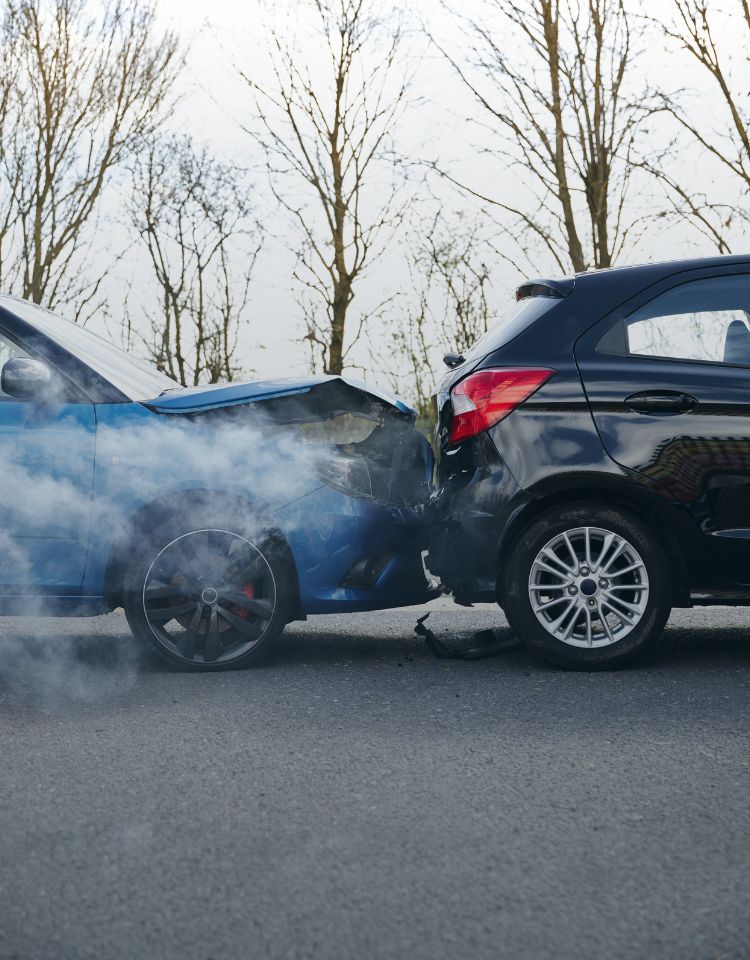Written By: Brandon Pedersen and Jon MacDonald, Student-at-Law
INTRODUCTION
Moran v. Fabrizi arises from a motor vehicle collision that occurred when the Defendant, Ottavio Fabrizi, ran a red light and collided with a minivan that the Plaintiff was a passenger in. Just before the collision, Fabrizi was the victim of a road rage incident precipitated by the third party, Dennis Chu. Chu verbally assaulted Fabrizi, threatened him with violence, and punched his vehicle. As a result of these threats, Fabrizi fled the scene and collided with the Plaintiff vehicle. The Plaintiff’s action against Fabrizi eventually settled.
Fabrizi brought a third party action against Chu seeking contribution and indemnity on the basis that Chu caused or contributed to the Plaintiff’s injuries. The trial judge for the third party action found that Chu’s threats of physical conduct amounted to tortious conduct which caused or contributed to the Plaintiff’s injuries. Chu was found to be 50 percent responsible as a result and was ordered to indemnify Fabrizi.
Chu appealed the trial judge’s decision.
ISSUES ON APPEAL
The Court of Appeal considered whether the trial judge erred by failing to understand and correctly apply the “but for” test for causation in finding that Chu caused or contributed to the Plaintiff’s injuries. Chu maintained that both negligence and causation must be established against both Fabrizi and himself for there to be an apportionment of liability between them, and for Fabrizi’s right for contribution and indemnity as against Chu to arise under the Negligence Act.
Chu further submitted that the trial judge failed to consider whether, in response to Chu’s threatening behaviour, Fabrizi’s decision to leave the road rage scene and cause the collision was an intervening act which broke the causal link between Chu’s conduct and the Plaintiff’s injuries.
Lastly, Chu argued that the trial judge failed to appreciate how the doctrine of the “agony of the moment” should be applied, and that it should be applied so as to shield him from liability.
THE COURT’S ANALYSIS
Negligence
The Court began its analysis by confirming that there is no need for negligence to be established against both a defendant and a third party to trigger third party indemnity under section 5 of the Negligence Act. Indemnity may be triggered where, as in this case, one party (Chu’s) tort was intentional and the other (Fabrizi’s) was negligence.
Intervening Act
The Court rejected Chu’s assertion that Fabrizi’s decision to leave the road rage scene and cause the collision constituted an intervening act. While Chu submitted that his conduct was merely an “ancillary aspect” of Fabrizi’s negligence, the Court noted that Chu’s necessary, even if ancillary, role means that Fabrizi’s ultimately negligent decision was not the one and only effect cause of the Plaintiff’s injuries, on the trial judge’s findings.
Agony of the Moment
Finally, the Court found that the “agony of the moment” doctrine did not apply in this case. The Court reiterated that the doctrine can provide a defence which applies solely to the standard of care element of negligence. A defendant can use it to avoid responsibility for conduct in a situation of emergency or panic. The Court held that only the Defendant Fabrizi could have relied on the doctrine as a defence, and that Chu could not raise the defence “for the obvious reason that he created whatever emergency there was”. Further, the Court noted that this doctrine could not be used a defence with respect to the causation element of negligence, but only to the standard of care.
THE COURT’S HOLDING
The Court dismissed the appeal by the appellant third party with costs.





